Xeriscape Native Grass Seed
Grass Specifications:
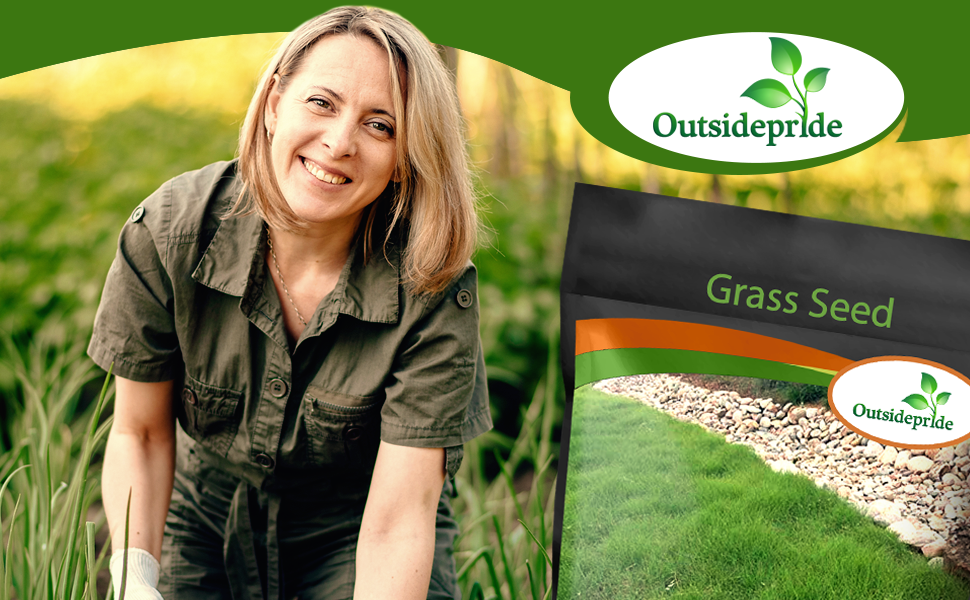
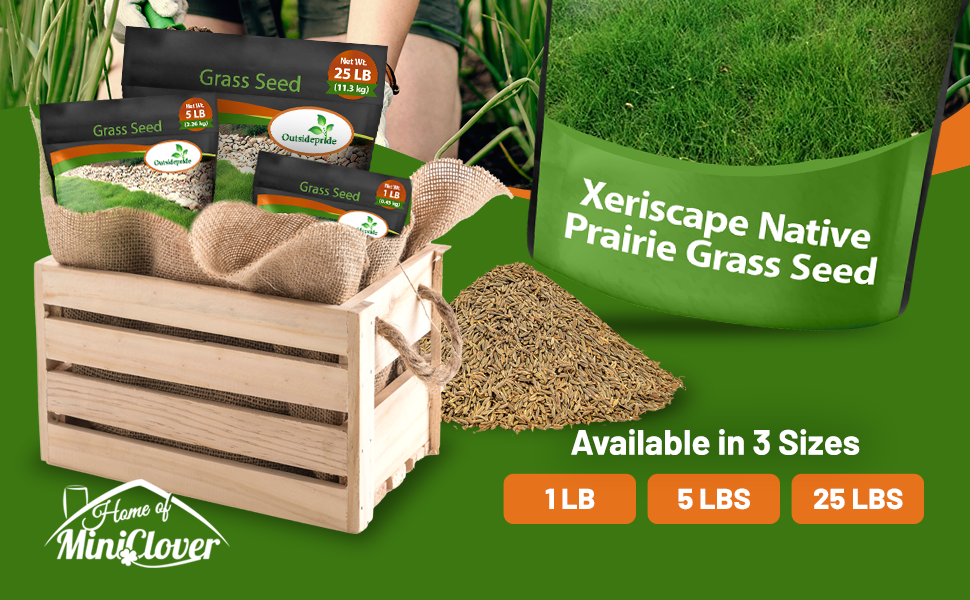
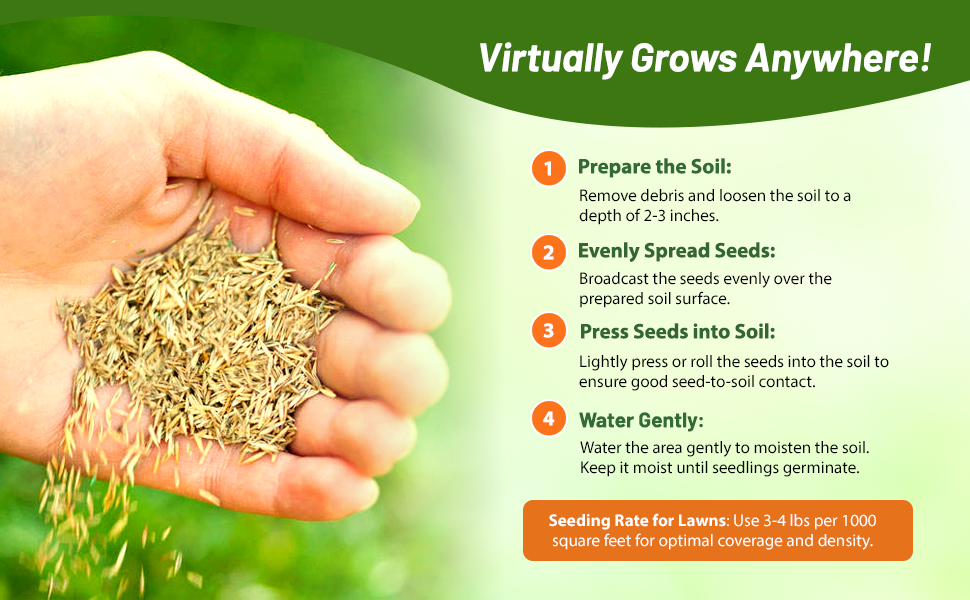

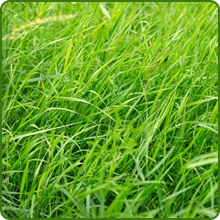
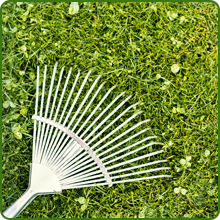
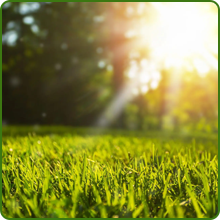













Xeriscape Native Prairie Grass mix for the Xeriscape growing area of US (See map) is a drought-resistant alternative to conventional lawns. This mixture was developed and blended for use for Rangeland, Ornamental and Ecological purposes (Wildlife, etc.) rather than for fast stabilization of soils.
Usage Area: For Xeriscape / Dryer soil areas of US (see map). Suitable for elevations below 6,000 ft.
Height: 6 - 12 inches.
Mixture Varieties Include: Buffalo, Blue Grama, and Sheeps Fescue
Buffalo Grass
Buffalo grass is a fine-leaved, native, sod-forming, warm-season, drought tolerant perennial and is the dominant species on the short-grass region of the central Great Plains. Generally, it grows 4 to 8 inches high and produces leaves less than 1/8 inch wide and 3 to 6 inches long. It spreads rapidly by surface runners and forms a dense, matted turf (great for lawns).
Buffalo grass provides good grazing for livestock. Its palatability, prevalence, and adaptation to a wide range of soil and climatic conditions make it an important forage species of the Great Plains where it is considered a native grass. Growth begins in mid spring and continues through the summer.
Buffalo grass withstands long, heavy grazing better than any other native grass on ranges consistently subjected to severe use. It often survives as a nearly pure stand. Because of its excellent ground cover, ability to spread under use, wide climatic adaptation, and relative ease of establishment, Buffalo grass is ideally suited for erosion control on range and pasturelands. Probably the most popular of the low growing native grasses.
Blue Grama
Blue Grama is a short growing, long-lived, warm-season, drought tolerant native perennial grass that grows throughout the Great Plains. The leaves are 3 to 6 inches long and less than 1/4 inch wide.
Blue grama is found on most soil types, including alkaline soils, but is most abundant on the heavier, upland soils. Its capacity to resist drought permits it to occupy the drier areas throughout its range of adaptation.
Growth begins fairly late in the season and depends on how much moisture is available. The forage is relished by all classes of livestock. Growth ceases during long droughts, but begins again upon the return of favorable moisture and temperature. Because of its wide distribution, high quality, hardiness, and growth habits, it is one of our most important range species. Under heavy grazing, blue grama often persists in nearly pure stands after the associated grasses disappear. Blue grama is readily established from native grass seed and is now used in low maintenance lawns.
Sheeps Fescue
Sheep fescue is a competitive grass that’s primary use is ground cover. It is an important specie for stabilizing disturbed soils because of its low growth form and its low maintenance. It has excellent cold tolerance and good drought tolerance.
PLS pounds: Pure Live Seed, or PLS, is the percentage of viable seed in a given lot. It is calculated by multiplying the purity percentage by the total germination percentage. Multiply the purity percentage by the germination percentage. For example, 95% purity multiplied by 85% total germination equals a 80.75% PLS. This means that out of every bulk pound of that bag of native grass seed that you plant, 80.75% of it is actually seed of that tagged variety and has the potential to germinate. Weights listed are bulk pounds.
- Seeding rate: 3 - 4 lbs per 1000 square feet for lawns or ornamental plantings.
- Seeding date: When sustained soil temperature reaches 60 degrees and minimum of 8 - 12 weeks before frost
































